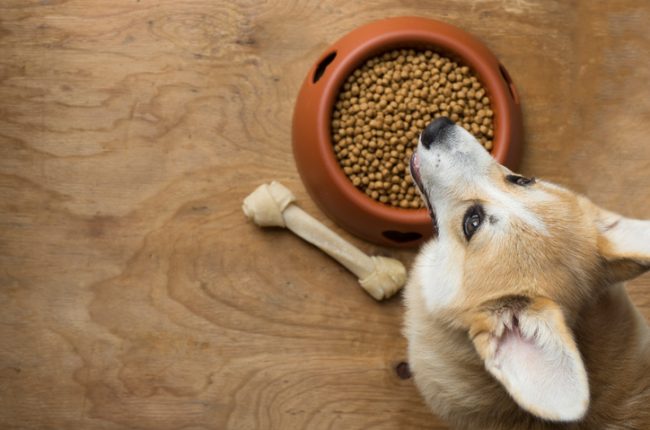If you’re a dog or cat parent, you’ve probably noticed the increase in pet food recalls recently. The frequency and severity of contamination in foods and treats has the veterinary community and the pet parent community on high alert. Both cat and dog owners have experienced the wave of fear that takes over when another recall is announced.
Why is pet food being recalled?
The presence of harmful contaminants is the main the reason behind pet food recalls. The most common types of bacterial contamination are salmonella, listeria and types of mold or fungus. These are alarming in that not only can they make your dog or cat extremely ill but the humans in the house are at risk as well. You and your family can become exposed to the bacteria from contact with your pet (or even from contact with the contaminated food) and become ill, as well.
Recalls may also occur when foreign and/or poisonous substances (such as melamine, metal shavings, unsafe antibiotics and more) have been detected in pet food. Recently a pet food was recalled because it contained trace amounts of a drug used in euthanasia.
Making safe choices
With the increase in recalls recently, it can be scary to trust any of the pet foods you find on the market. There are safe and healthy options out there for your four-legged family members. Don’t fall into the trap of thinking domesticated cats and dogs need the same diet as wild large cats and dogs’ distant cousins wolves and coyotes. Raw diets aren’t necessary and pose an even bigger risk for contamination of bacteria like salmonella. If you want to make your pet fresh food at home, consult your vet for the best recipe to provide balance nutrition.
Many of the problematic pet food recalls have been from suppliers in China. Because of the differences in regulations and production laws between China and the United States, brands that continue to import their product from China have faced recurring issues. It’s better to be safe than sorry, so start by choosing a brand, such as Halo, that’s manufactured in the U.S.
For starters, make sure any cat or dog food you choose states that it meets Association of American Feed Control Officials guidelines for nutrition. Then, choose food and cat or dog treats that are free from food dyes, BHT and BHT, and chemical preservatives. Look for pet foods using vitamin C and E instead of artificial preservatives.
Food or treats that are made with human grade ingredients are also a great way to ensure high quality and nutrient dense food for your pet. The Honest Kitchen is made with human grade ingredients and in a facility that is human-grade quality (though they do not make food for people). Feed grade ingredients have very low quality standards and are permitted to contain ingredients you do not want anywhere near your pet food including rodent, insect and feces contaminants. This low-grade-quality feed standard increases the risk for bacterial and mold contamination.
What to do
Check the FDA’s recall site frequently to make sure your dog or cat food has not been recalled. If your pet’s food has been recalled for contamination immediately stop feeding it to your pet. Take a picture of the UPC code on the can or bag in case you need it for reference of any kind then decide the safest way to dispose of it. You may want to consider keeping a small amount of food in a sealed, air tight container in the event that your dog or cat becomes ill so they veterinarian can test it.
If the food is contaminated with foreign matter, just toss it; but if it is bacteria you don’t want to risk exposing yourself or any other members of your family. Use gloves, put the food in a sealed bag and dispose of it immediately. Also be sure to wash your your pet’s food and water bowls thoroughly, every day, with hot water and soap to prevent any cross contamination of new food or additional exposure to bacterial or mold growth.
Check in with your vet to make sure your dog or cat is healthy and keep an eye out for any symptoms of illness like vomiting, diarrhea, trouble breathing, trouble urinating, fever and dehydration.

